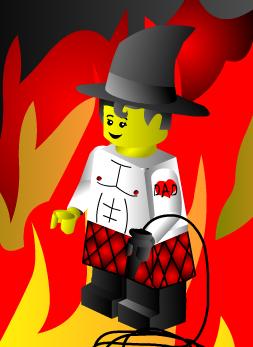"...Born in Netherlands, in 1957, Marcopoulos moved to New York in the early 80s where he worked as Andy Warhol’s assistant. It was during this time that he befriended artists like Keith Haring, Peter Halley and more famously, Jean-Michael Basquiat. It has been said that Marcopoulos was responsible for some of the most intimate photographs of Basquiat, simultaneously capturing the painter’s whimsical innocence and fierce bravery.
It was during this decade that Marcopoulos captured the essence of one of New York’s most important chapters. He snapped moments on the streets of the city that, in retrospect, perfectly represented the mood of the time. Through his images we sense the rising melody of change. We see the birth, and speedy growth of hip-hop and a wave of pop art. He offers the suggestion that perhaps, as unrelated as they may seem, these subcultures work hand in hand, existing symbiotically. There is a sense of anticipation, a feeling that NYC is sitting on the eve of something momentous. His images of hip-hop greats like LL Cool J, Run DMC (1986) and Public Enemy (1987) are, in a sense, portraits of men on the brink of music immortality. His 1988 book, Portraits from the Studio and the Street, was testament to this.
Marcopoulos’ work with musicians – hip-hop particularly – continued through the nineties. His 2001 release, Pass the Mic: Beastie Boys 1991–1996 captures the band in all states. Marcopoulos also directed the music video for the single, ‘Something’s Got to Give’ and provided the image for their album Ill Communication. ‘The hardest part was when you do a subject like the Beasties, they’re such a popular band that the subject is bigger than you, and it’s almost like you’re riding the wave of them’, he told US skate mag Slap. ‘That was the first thing I considered, then I was like “Fuck it, I’m just going to do it.”’
The 90s also saw Marcopoulos turn his attention to family. Intimate images of his wife Jennifer Goode and their son comment equally on photographer and give the strong impression that family is central to Marcopoulos. The photographs taken during the birth of their son, while at first unsettling, are soul baring and perhaps as close to a self-portrait as Marcopoulos has come in that they give us a sense of the man.
Some have commented that the idea of family is the commonality between Marcopoulos’ works. The chance families of skateboarders, hip-hop artists and snowboarders are celebrated the same way blood families are. To Marcopoulos the notion of family relies more on camaraderie and like-mindedness, rather than birthright. Perhaps it’s our need for community, our search for kindred that fascinates Marcopoulos. His knack for being accepted into his subject’s universe gives him a view from the inside out. It’s through his images that he shared this privilege with us. Aaron Rose – writer, curator and friend of Marcopoulos for 13 years – comments on this in his introduction to Out & About (a retrospective of Marcopoulos’ work): ‘It was always amazing to me the way this group of kids, who were for the most part really tough and sometimes troubled, accepted Ari into their scene so completely.’ The most profound effect on Marcopoulos and his work has come from his years of work with a group of snowboarders. He has long been intrigued with the paradox of snowboarding – rebellion vs. economics. ‘Their lifestyle is financed by corporations and yet they live by their own rules outside of social norms’, he told writer, J P Cohen. ‘In snowboarding there is nothing better than breaking the rules.’ During his solid six years with the group Marcopoulos noted their growth and evolution. This coupled with remarkable alpine surroundings have profoundly impacted him and his work. ‘The whole process really helped me in finding my own voice’, he confesses.
[text via paco y manolo]






No comments:
Post a Comment